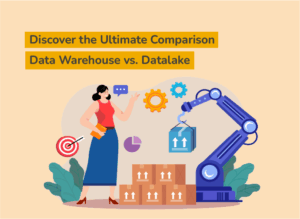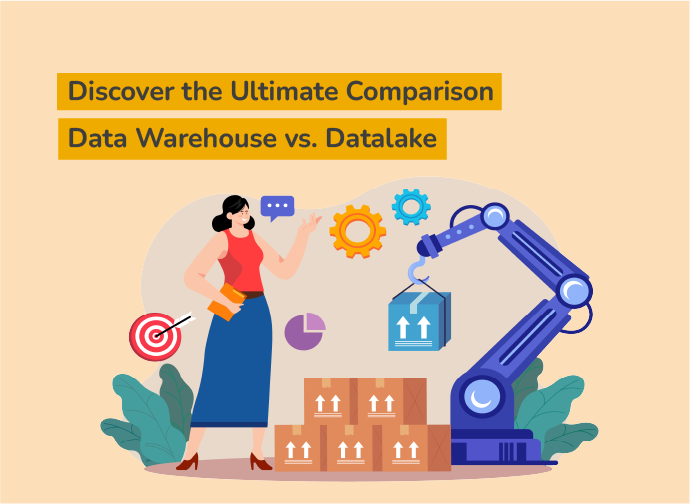Definition, Advantages, and Application
The Revenue Cost Method (Umsatzkostenverfahren) is a method used to prepare the income statement (Profit and Loss Statement, or P&L), which is applied in corporate accounting under both German commercial law (§ 275 Paragraph 1 HGB) and international accounting standards (e.g., IFRS). It is one of the two permissible methods for determining a company’s financial performance, alongside the Total Cost Method (Gesamtkostenverfahren).
In this article, you’ll learn what the Revenue Cost Method is, how it works, its advantages and disadvantages, and why it is increasingly important in practice.
What is the Revenue Cost Method?
In the Revenue Cost Method, operating expenses are directly compared to the revenues generated within a fiscal year. The focus is on the costs of products sold or services rendered, as opposed to the Total Cost Method, which includes all produced units, regardless of whether they were sold.
The production costs of sold products are directly deducted from the revenue in the Revenue Cost Method. Expenses are allocated to functional areas (e.g., sales, administration), creating a clear structure in the P&L. Changes in inventories of finished and semi-finished goods or self-constructed assets are not included in this method.
How Does the Revenue Cost Method Work?
The income statement under the Revenue Cost Method follows a clear structure defined in § 275 Paragraph 1 HGB. Key items in this structure include:
- Revenue: Income from the sale of goods or services.
- – Production costs of sold goods: Direct costs of manufacturing the sold products.
- = Gross profit from revenue
- – Selling expenses: Costs associated with sales, such as marketing or logistics.
- – General administrative expenses: Costs for administrative activities, e.g., salaries of the administrative team.
- +/- Other operating income/expenses: Profits or losses resulting from operational activities.
- = Operating result (EBIT)
Additionally, the bottom part of the P&L shows items like financial income, interest expenses, and taxes before calculating the net income (profit or loss) for the year.
Differences from the Total Cost Method
The main difference between the Revenue Cost Method and the Total Cost Method lies in the treatment of inventory changes:
- The Total Cost Method includes all produced units, regardless of whether they were sold. Inventory changes in finished and semi-finished goods and self-constructed assets are considered.
- The Revenue Cost Method, on the other hand, only accounts for the costs of sold products. This makes the presentation more focused on the company’s operating efficiency.
Both methods lead to the same net income for the year, but the structure and informational value of the P&L differ.
Advantages of the Revenue Cost Method
The Revenue Cost Method offers several advantages, particularly for internationally operating companies:
- Clear allocation of costs to revenues: Expenses are directly assigned to the revenues generated, providing a precise picture of the company’s operational performance.
- Internationally recognized: This method is widely used under IFRS and is particularly suitable for globally operating businesses.
- Easier comparison with other companies: The functional allocation of costs by areas such as sales or administration simplifies analysis and benchmarking with competitors.
- Focus on operational efficiency: By directly comparing revenues and costs, companies can better evaluate their core processes.
Disadvantages of the Revenue Cost Method
Despite its advantages, the Revenue Cost Method has some drawbacks to consider:
- Limited cost detail: This method does not break down cost types, such as material or personnel costs, making it harder to analyze individual items.
- No consideration of inventory changes: Inventory changes are not included, which can be inconvenient for production companies.
- Complex allocation: Recording and assigning costs to functional areas, such as sales and administration, require significant administrative effort.
Application of the Revenue Cost Method in Practice
The Revenue Cost Method is commonly used by companies that report under international standards, such as IFRS, where it is considered the standard approach. In Germany, it is also permissible but less commonly applied than the Total Cost Method.
Typical industries that use the Revenue Cost Method include those with high revenues and a manageable number of product groups, such as retail or consumer goods.
Conclusion
With the increasing internationalization of accounting, the Revenue Cost Method is becoming more significant in Germany as well. It offers clear advantages, especially for companies that value precise representation of their operational efficiency and wish to remain internationally comparable.
Although its application requires more effort, the Revenue Cost Method allows for a transparent and functionally structured presentation of business results. Companies seeking to thoroughly analyze their internal processes and compete internationally benefit most from this method.
FAQ
1. What is the difference between the Revenue Cost Method and the Total Cost Method?
The key difference lies in the treatment of inventory changes:
- The Revenue Cost Method only accounts for the costs of sold products.
- The Total Cost Method includes all produced units, regardless of whether they were sold.
2. Which companies benefit most from the Revenue Cost Method?
The Revenue Cost Method is ideal for internationally operating companies, as it is recognized under IFRS. Industries with clearly defined functional areas, such as retail or consumer goods, benefit from its structured presentation of operating efficiency.
3. Is the Revenue Cost Method permitted under German commercial law?
Yes, the Revenue Cost Method is allowed under § 275 HGB and can be used as an alternative to the Total Cost Method.
4. What are the advantages of the Revenue Cost Method?
Key advantages include:
- Clear allocation of costs to revenues
- International recognition (e.g., under IFRS)
- Easier comparability with competitors
- Focus on operational efficiency
5. What are the disadvantages of the Revenue Cost Method?
The main disadvantages are:
- Less detailed cost breakdown
- No inclusion of inventory changes, which may be inconvenient for production companies
- Higher administrative effort due to functional allocation of costs
6. Does the Revenue Cost Method result in a different net income than the Total Cost Method?
No, both methods result in the same net income. The difference lies solely in the presentation of costs and revenues.
7. Can the Revenue Cost Method be combined with the Total Cost Method?
Generally, only one of the two methods is used in a company’s P&L. However, internal reports and analyses can combine both approaches for a more comprehensive view of performance.
8. What positions are listed in the Revenue Cost Method?
Key positions include:
- Revenue
- Production costs of sold goods
- Selling expenses
- General administrative expenses
- Other operating income and expenses









